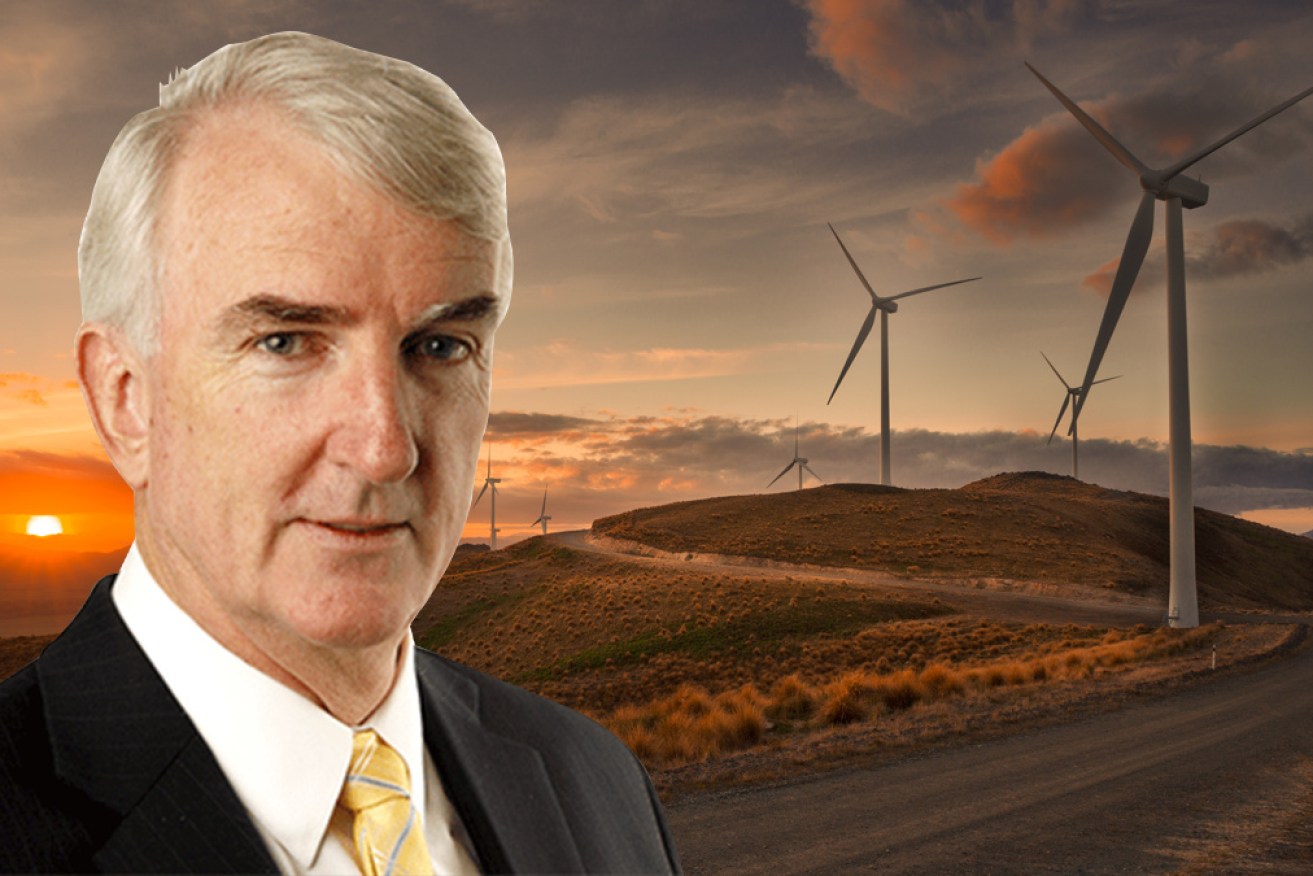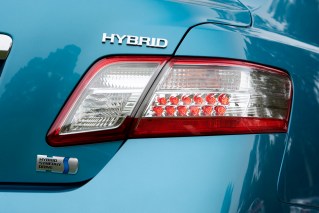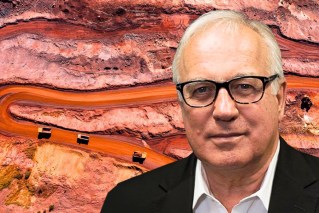Michael Pascoe: Here comes the renewables spend, despite Morrison


Individuals, business and state governments are leading the investment in renewables, Michael Pascoe says.
Never mind the Morrison government’s fossil-friendly energy policy, Australia is embarking on a multibillion-dollar surge in renewables investment anyway.
Individuals, corporations, market forces and state government policies are leading where the federal government doesn’t go.
According to Macromonitor, an industry research and forecasting company, storage will lead the way in the second renewables investment surge in five years and the third utilities construction peak in a decade.
Macromonitor’s outlook report predicts total utilities construction work to jump by more than a third in real terms over the next two years after three years of decline.
“The first utilities boom, which peaked at $35 billion of work done in 2012-13, was partly driven by a prolonged drought, then the 2017-18 peak of $33 billion mostly came from a surge in wind and solar farms, and now we are on the cusp of the next surge, expected to reach $34 billion in 2022-23,” says the report’s author, Macromonitor economist Natalie Senga.
“Construction of battery storage facilities will be particularly strong over the next two years, rising from $230 million in 2020-21 to just under $2 billion in 2022-23.”
The report estimates total investment in renewable energy projects of $27 billion over the next three years (2021-22 to 2023-24).
In generation capacity terms, renewables projects under construction during these years will add 25,000 megawatts to annual electricity supply.
“Energy storage is the next investment phase in the electricity market, and further down the road we expect to see pumped hydro take over as the dominant driver of growth in electricity construction,” says Ms Senga.
The Macromonitor report adds to the energy industry’s dismissal of the need for the federal government’s proposed $600 million gas-fired generator in the Hunter Valley.
With the forecast extra storage, the case for new fossil fuel generation weakens further.
The report finds two other smaller areas of utilities construction growth – telecommunications as the NBN is upgraded, and gas pipelines.
As the following graph shows, utilities construction would be in a dark place without the renewable energy work.
And even with the renewables surge, drawing an average line through the three booms and falls, the nation’s investment in utilities infrastructure is back where it was in 2008. Our population has grown by 24 per cent since then.










